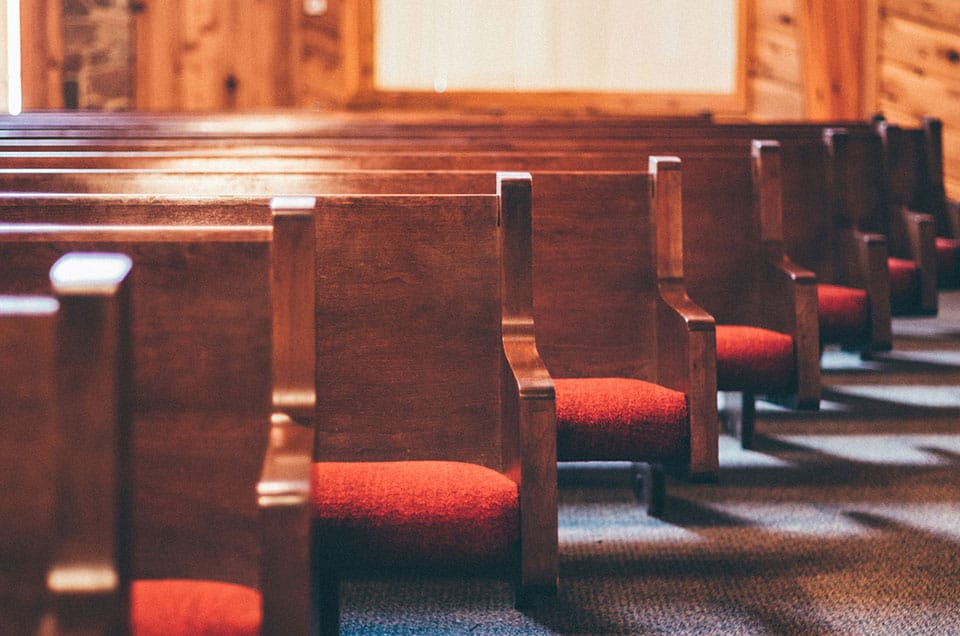

In recent decades, the United States has undergone a quiet but steady transformation in its relationship with organized religion. Churches once served as cornerstones of community life, blending spiritual guidance with social bonds. Today, their steeples still punctuate skylines, but their pews are less crowded. The cultural role of faith is no longer assumed. It is contested.
Data from recent national surveys, including those from Pew and Gallup, confirm a broader trend. Fewer Americans identify with any formal religion. Attendance at weekly services has dropped. Belief in God remains high, but confidence in religious institutions has declined. What was once the spiritual engine of American public life is now one voice in a complex and often divided chorus.
Yet even as affiliation wanes, organized religion continues to shape major conversations on politics, education, healthcare, and morality. Nearly half of Americans support more religious expression in public spaces, from school prayer to nativity scenes on government property. The lines between church and state are not just blurry. They are under active negotiation.
This tension reflects deeper divides. Many older Americans view religion as a source of stability and virtue, while younger generations often see it as rigid or exclusionary. Among millennials and Gen Z, spirituality is more likely to be individualized than institutional. Meditation apps, self-guided prayer, and loosely defined beliefs about the divine have replaced traditional liturgy for many. For these groups, faith is not dead. It is just unchurched.
Politics mirrors these spiritual shifts. Conservatives, particularly White evangelicals, continue to champion religious values as central to American identity. Liberals, especially those without religious affiliation, advocate for a secular public square where no single worldview holds sway. These cultural and political currents frequently clash in courtrooms, classrooms, and campaign trails.
Despite polarization, there remains a broad desire among Americans for meaning, moral grounding, and community. Organized religion has historically offered all three. Whether it can continue to do so in an era of growing skepticism may depend on its ability to adapt without losing its essence.
Faith in the United States is not fading quietly. It is evolving, debated, and reimagined. The future of organized religion will likely not be a story of dominance or disappearance, but of coexistence, conflict, and continual reinvention.
